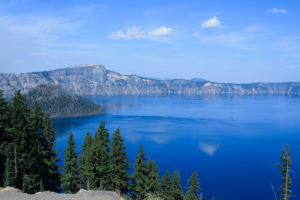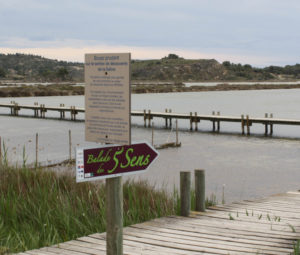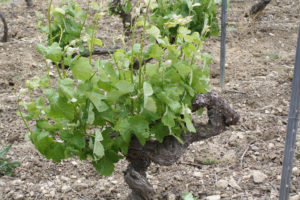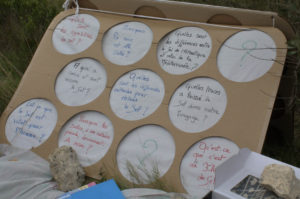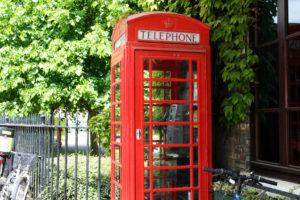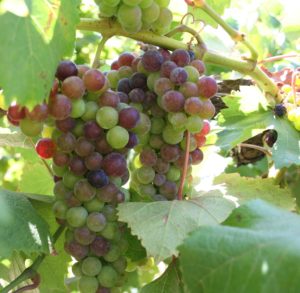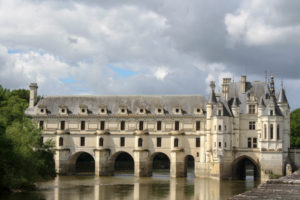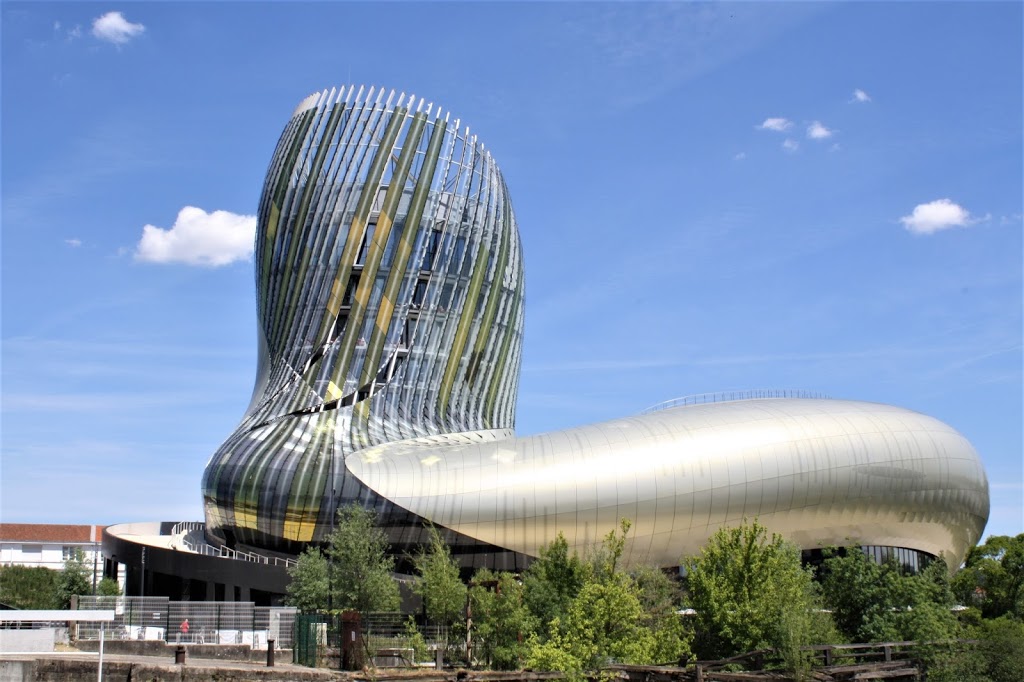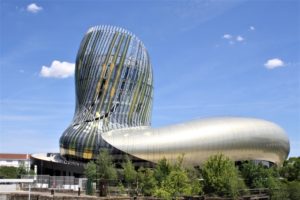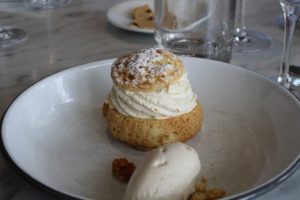Let’s say your grandchild wants to come visit you. Maybe you want to send your child to visit their grandparents.
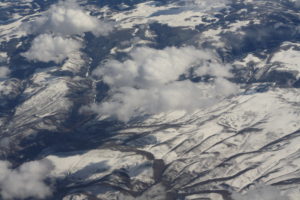
Do you know what to do if your child or grandchild needs to fly somewhere alone?
You can get a Gate Pass. But, there are things you need to know.
Each airline has requirements for “unaccompanied minors.” Airlines may require you to use their special services for children flying solo. This depends on your child’s age and the additional fees may vary.
Another thing to keep in mind…not all flights are available for children traveling alone.
Many American carriers offer services for children designated solo fliers like select seats and airline escorts on and off the plane, and to connecting gates. Most airlines consider solo fliers from the ages of 5 to 15 as unaccompanied minors, though Southwest Airlines puts the upper limit at 11 and JetBlue Airways at 13. American Airlines and Delta Air Lines make the designation optional for children 15 to 17.
Additional fees for unaccompanied minors vary as well. It costs $25 each way for direct flights on Alaska and $50 for one-way itineraries involving connections. Southwest charges $50 a flight. On JetBlue, the service costs $100 one way, and American, Delta and United Airlines all charge $150 each way.
Different fees may apply to multiple children traveling together. For example, American Airlines only charges one unaccompanied minor fee for parties of two or more, and Delta charges one fee for up to four children traveling together.
For those fees, children are usually promised a seat close to the front of the plane. Airline agents will escort minors to their seats, again when they deplane, and to connecting gates.
Not all flights are available to children traveling alone. Many carriers limit younger children to nonstop or direct flights. Delta allows 8- to 14-year-olds to make connections, assisted by an employee. American Airlines allows connecting services, with an escort between flights, at several of its busier airports, including its hubs in Chicago, Dallas and New York.
For parents or grandparents, think about the child. Are they okay with flying? Are they okay with flying alone? Will they need any special attention? Flight attendants are not babysitters.
Parental Considerations
At the airport check-in desk, parents with government-issued identification can obtain a pass that allows them to escort the minor to the gate. Some airlines require them to stay at the airport until the plane has taken off, and most experts advise doing so in case the plane experiences a mechanical problem or delay and must return to the terminal.
At the arrival airport, most airlines will similarly issue a gate pass to the person designated to pick up the minor, allowing the person to meet the child at the arrival gate.
To better track unaccompanied minors, Delta has instituted a system that relies on bar-coded wristbands that are scanned at way points in the journey. The airline has said that it intends to make that data available to parents and custodians.
Experts recommend parents prepare children for flight as they would themselves, including sending them off with identification such as a birth certificate or a passport. Pack a water bottle to fill after passing through security; some form of entertainment, like books or a tablet computer with an extra battery booster; a fleece or sweater for chilly flights; and food.
Even consider sending equivalent of a school lunch.
